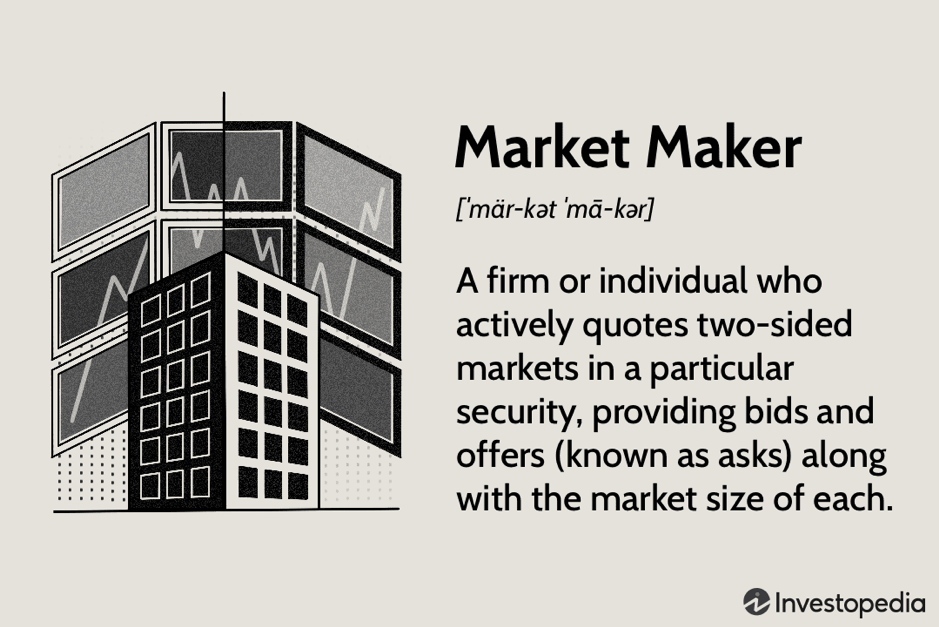A market making strategy is a trading technique that pairs buyers and sellers of an asset. It works similarly to sports bookmaking, where bookmakers pair punters in opposite directions. The primary goal of a market maker is to minimize their risk by operating a book that is “delta neutral.” Delta is a mathematical term that refers to the rate at which the price of an asset increases or decreases over a period of time. Unlike non-derivative assets, which are securities, market makers don’t have any interest in determining their own price, but instead prefer to run books that are “delta neutral.”
In a typical market, a market maker will place buy and sell orders on both sides of the order book at prices close to the market price. They will fill these orders as someone comes along with an order to buy or sell that price. However, if you are a market maker, you must be able to change your order prices quickly. For this, you can click on the “buy” or “sell” sign and drag it to the desired position in the order book. Different market trends will require different trading strategies. For example, an uptrending market will fill buy and sell orders at the same time, while a downtrending market will require the opposite strategy.
The difference between bid and ask prices is the spread. If you are a market maker, you won’t be able to make the same profit from every transaction. This is the reason why it is so important to have a risk management strategy, since it can affect your profits or losses. Market makers typically hedge their positions with derivatives.

If you are looking for an automated system to execute your trades, market makers often use an algorithm for this purpose. A market maker can buy and sell at different times, which allows them to minimize their risk. The problem is that they have to make decisions on how to hedge their positions. If they make the wrong decision, the market could move against them.
The goal of this strategy is to increase profits. The price will likely rise above the market maker’s goal. However, it can also make them overstate their profits. For instance, if a market maker sells a stock at $1.10 and then the price goes up to $1.15, then the market maker may end up making a windfall profit on the transaction.
A market maker can employ different strategies to make money in different markets. One way is to deploy the same strategy on several trading pairs. Another way is to deploy a strategy on several FastPass exchanges. The trader can also participate in competitions that award over $7,000 in prize money. A market maker can also earn rewards by providing liquidity to other traders.
An effective market maker must use a strategy that maximizes profits while minimizing risk. This strategy is similar to retail trading but differs in tactics. The two have the same goals: maximize returns while managing risks. Option market makers, on the other hand, use mathematical models and inputs to determine the theoretical value of the options.



